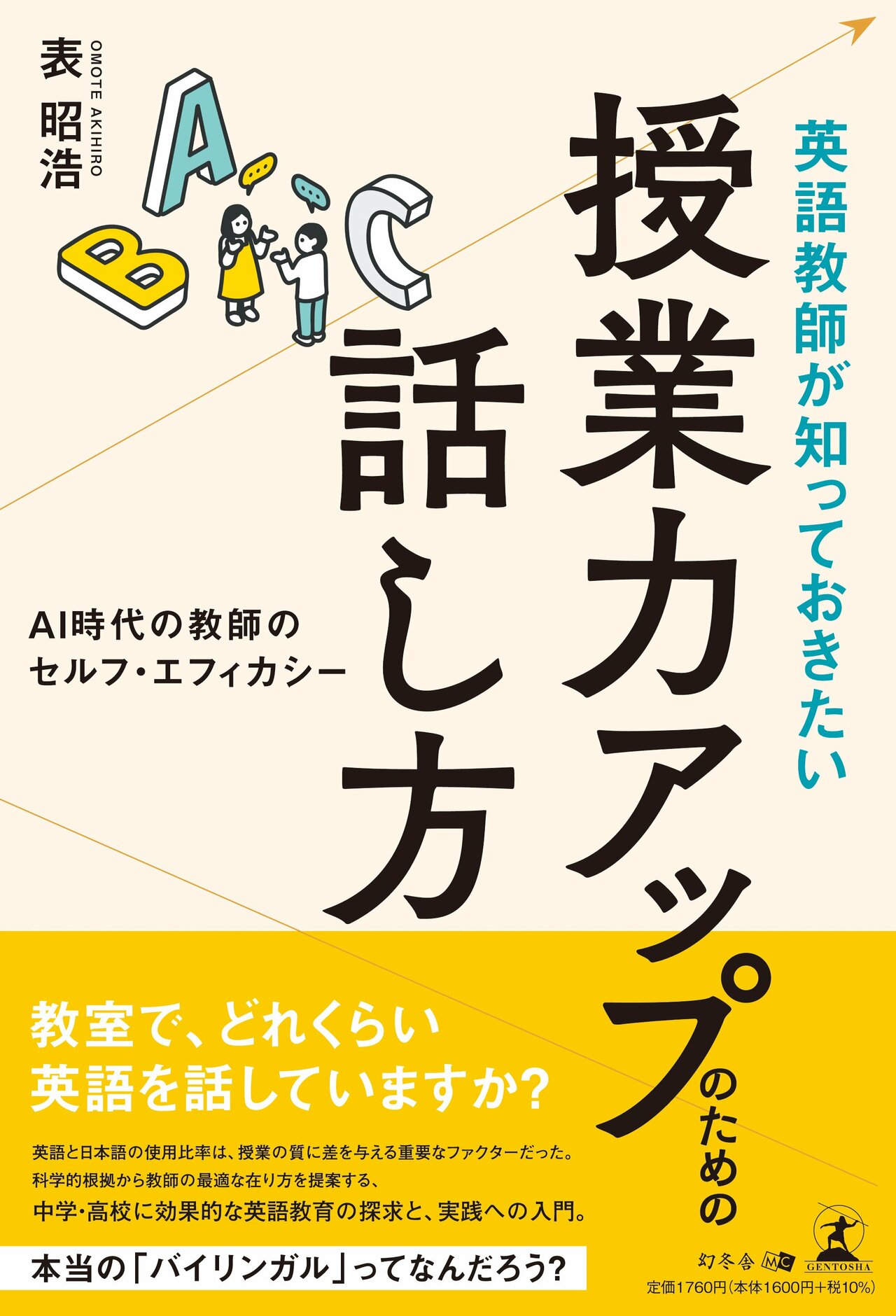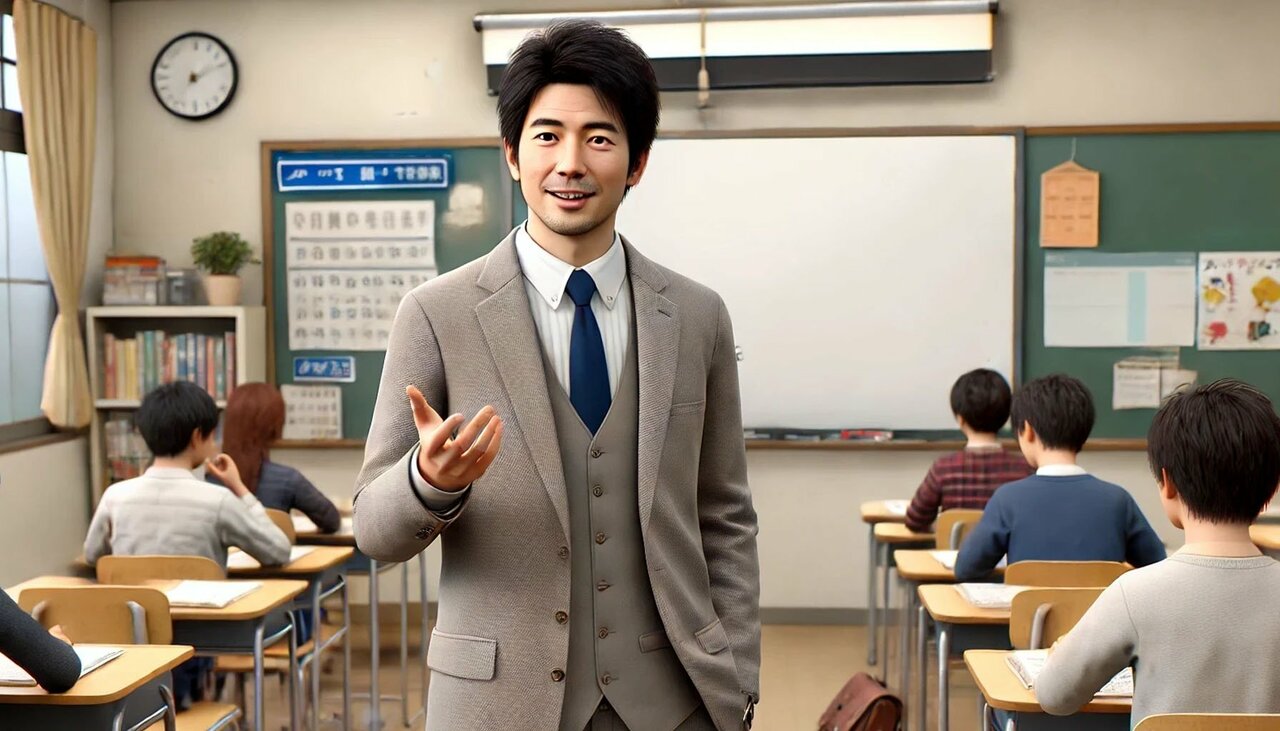【引用文献】
※1 箕浦康子(1999)『フィールドワークの技法と実際』ミネルヴァ書房
※2 表 昭浩(2012)オールイングリッシュの授業を教師はどう思っているのか―インタビュー法による教師ビリーフの質的分析―『関西大学大学院外国語教育学研究科紀要』第10号21-56頁
※3 Alegria De la Colina、 A. A., & Garcia Mayo, M. D. P. (2009). Oral interaction in taskbased EFL learning: The use of the L1 as a cognitive tool. International Review of Applied Linguistics in Language Teaching, 47, 325–345.
※4 Antón, M., & Di Camilla, F. J. (1999). Socio-cognitive functions of L1 col-laborative interaction in the L2 classroom. The Modern Language Journal, 83, 233-247.
※5 Auerbach, E. R. (1993). Reexamining English only in the ESL classroom. TESOL Quarterly, 27, 9-32.
※6 De la Campa, J. C., & Nassaji, H. (2009). The amount, purpose, and reasons for using L1 in L2 classrooms. Foreign Language Annals, 42, 742-759.
※7 Levine, G. (2003). Student and instructor beliefs and attitudes about target language use, first language use, and anxiety: report of a questionnaire study. The Modern Language Journal, 87, 343-364.
※8 Lucas, T., & Katz, A. (1994). Reframing the debate: The roles of native languages in English-only programs for language minority students. TESOL Quarterly, 28, 537-561.
※9 Tang, J. (2002). Using L1 in the English classroom. English Teaching Forum, 40, 36-43.
※10 Butzkamm, W. (2003a). We only learn language once. The role of the mother tongue in FL classrooms: death of a dogma. Language Learning Journal, 28, 29-39.
※11 Harbord, J. (1992). The use of the mother tongue in the classroom. English Language Teaching Journal, 464), 350-355.
※12 Littlewood, W., & Yu, B. (2011). First language and target language in the foreign language classroom. Language Teaching, 44, 64-77.
※13 Yonesak(岩波書店)a, S. M. (2005). A proposal to use classroom discourse frames to investigate patterns of teacher L1 use. Hokkai Gakuen University Studies in Culture, 32, 31-57.
※14 中田賀之(2006)「英語学習動機づけ」から「英語学習意欲」の研究への転換―研究 対象領域、研究手法、研究目的の観点から―『Language Education & Technology』第43 巻77-94頁 外国語教育メディア学会
※15 Tschannen-Moran, M., & Woolfolk Hoy, A.(2001). Teacher efficacy: capturing an elusive construct. Teaching and Teacher Education, 17, 783-805.
※16 Tschannen-Moran, M., & Woolfolk Hoy, A. (2007). The differential antecedents of selfefficacy beliefs of novice and experienced teachers. Teaching and teacher education, 23, 944-956.
※17Bandura, A. (1977). Self-efficacy: Toward a unifying theory of behavioral change.
Psychological Review, 842), 191–215..
【前回の記事を読む】英語→日本語という翻訳は必要ない? 英語でのコミュニケーションのために求められる教育とは










